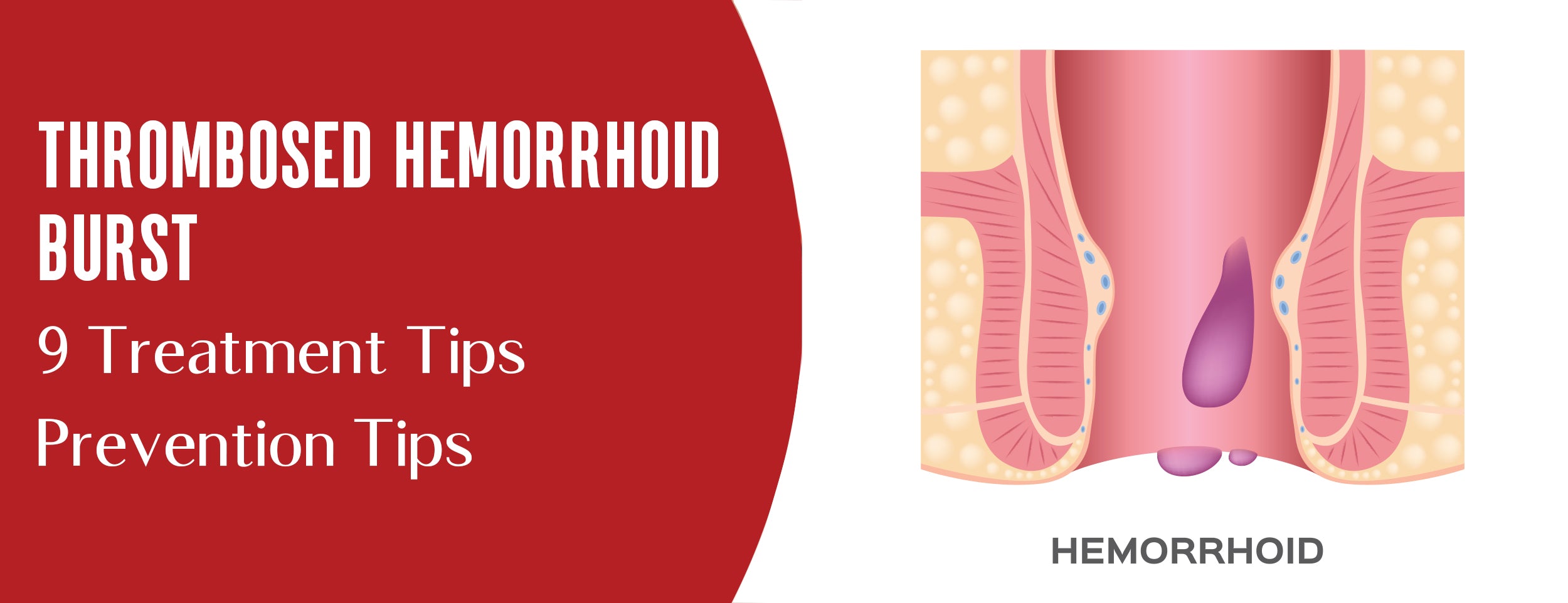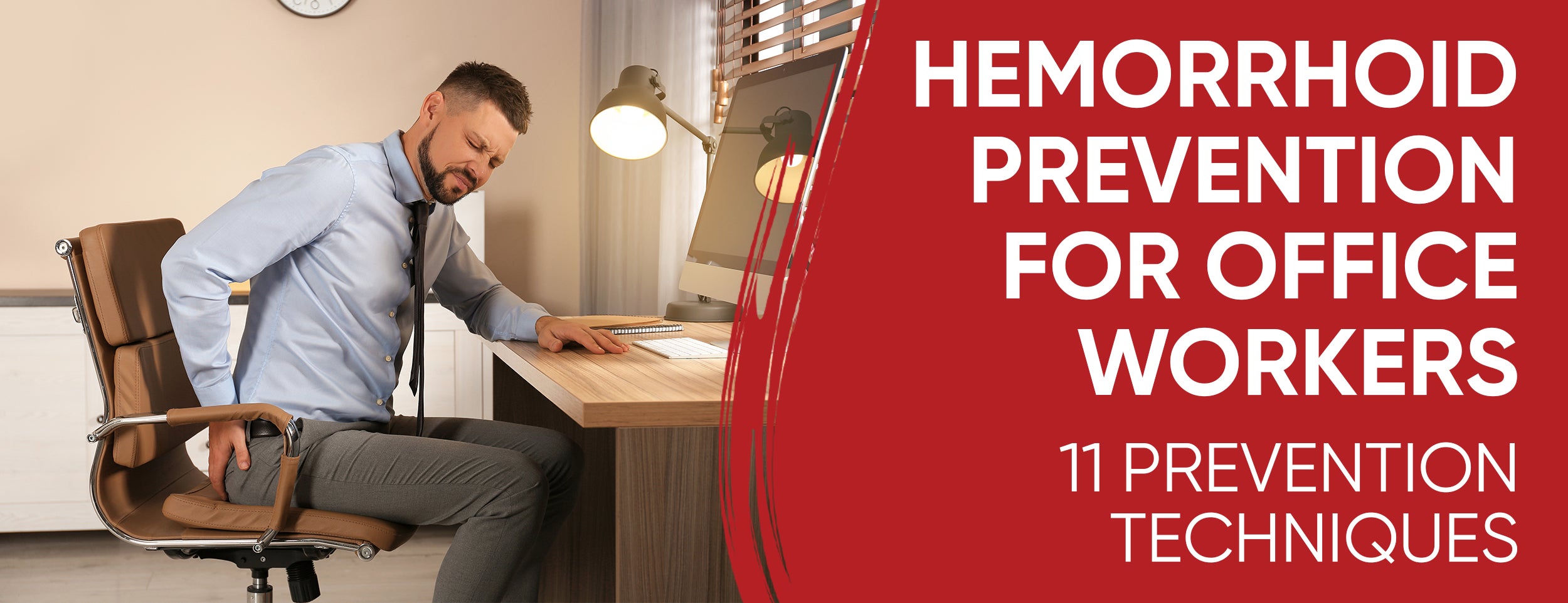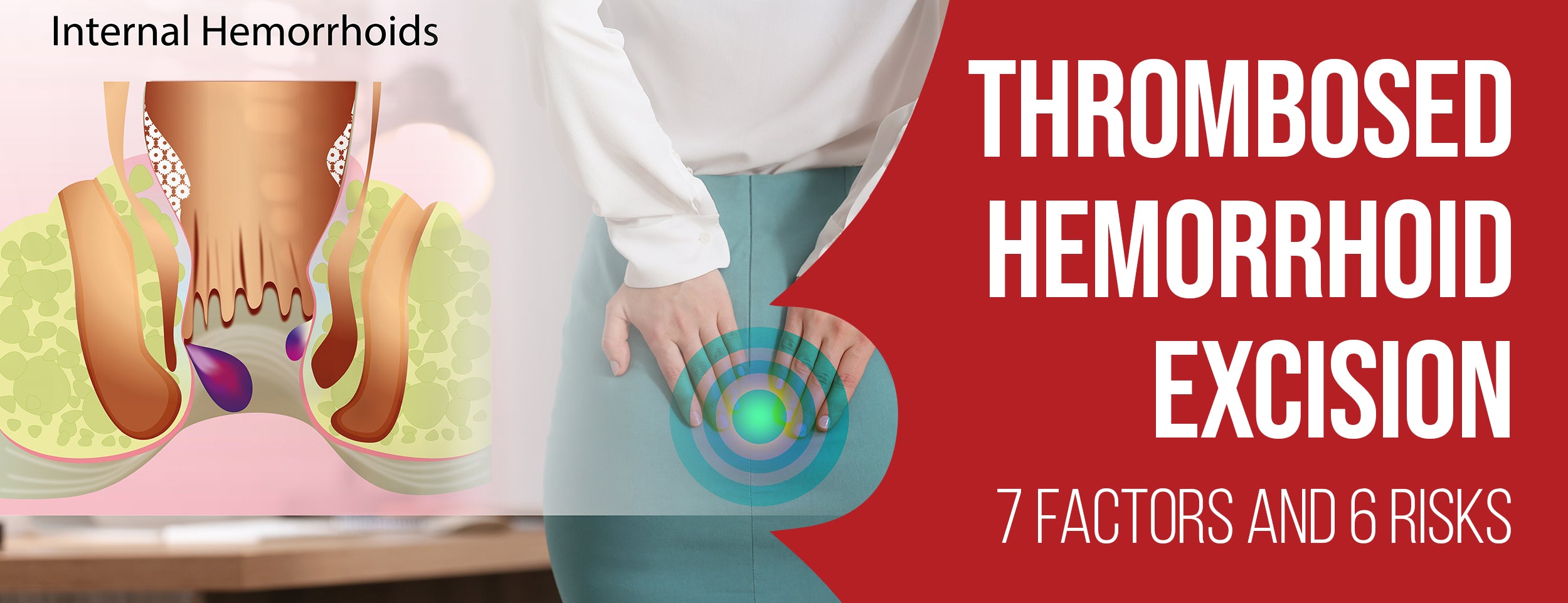Popping or squeezing pimples can cause bacterial infections, while severe acne may lead to scarring. Acne affects the skin as well as trigger emotional distress and impact self-esteem. The loss of blood due to hemorrhoids can make you anemic, and with external hemorrhoids, blood clots may form, causing intense pain. The constriction of blood supply to an internal hemorrhoid can cause severe pain and gangrene.
Pimples are painful skin bumps caused by clogged pores, appearing anywhere on the body, even near the anus. Hemorrhoids are swollen rectal or anal veins, leading to discomfort, itching, and swelling. If a bump near the anus causes bleeding during bowel movements, it's likely a hemorrhoid. For an accurate diagnosis, consult a healthcare provider.
This blog post will demystify do i have a pimple or a hemorrhoid: 5 facts and how to tackle them effectively.
Key Takeaways
- Acne and hemorrhoids are common skin conditions that can cause discomfort and embarrassment but stem from different causes and affect different parts of the body.
- Acne is caused by factors such as clogged pores, bacterial infection, hormonal changes, and genetics. Symptoms include redness, swelling, pain or tenderness, and the presence of pus.
- Hemorrhoids, on the other hand, are caused by increased pressure in rectal veins because of obesity, straining during bowel movements, chronic constipation and diarrhea, and prolonged sitting. Symptoms include itching, pain and discomfort, and bleeding during bowel movements.
- Both conditions require different treatment approaches. Acne treatments include topical creams and gels, proper skin hygiene, and avoiding picking or squeezing the pimples. Hemorrhoid treatments include over-the-counter creams, warm baths, and increased fiber intake.
- You should contact a healthcare provider if symptoms persist, cause severe discomfort or indicate potential complications.
Do I Have A Pimple Or A Hemorrhoid: 5 Facts
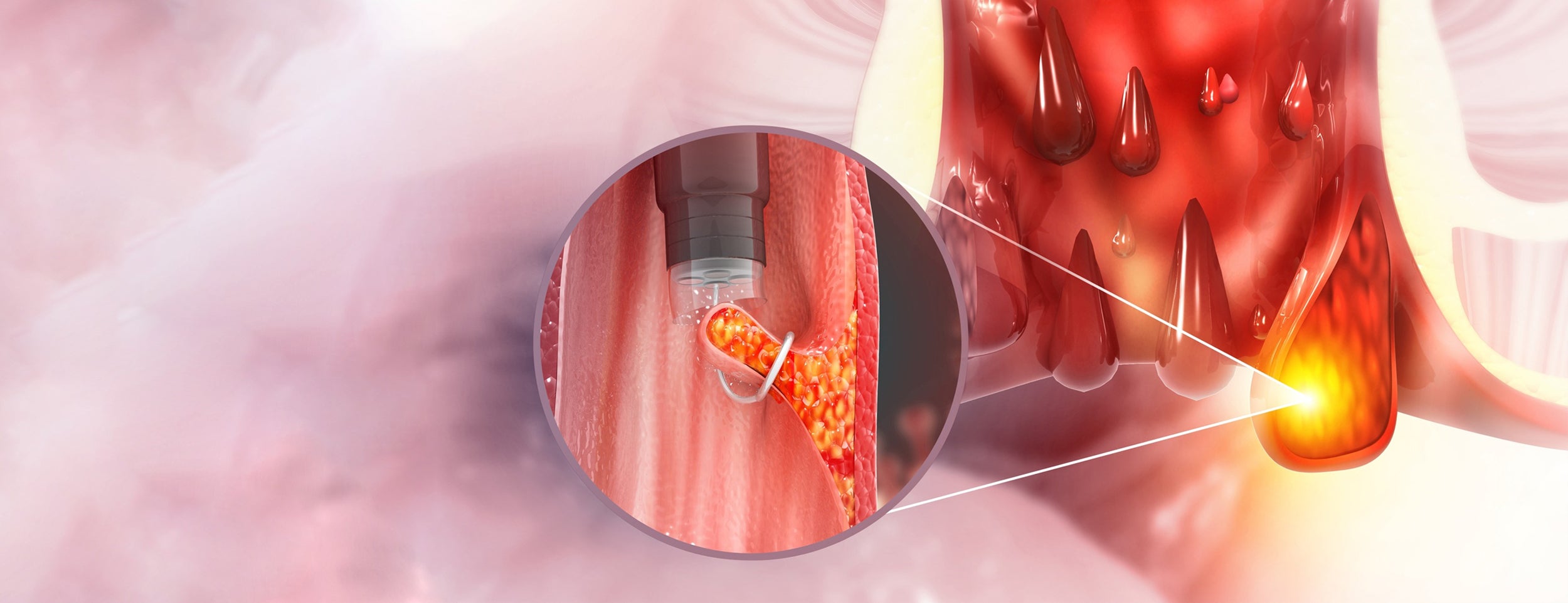
It is crucial to understand the differences between a pimple and a hemorrhoid before you attempt to diagnose either. Here's a concise guide to help you differentiate between the two, based on their characteristics, locations, symptoms, and treatments.
Causes of Pimples and Hemorrhoids
Both pimples and hemorrhoids are common conditions that can cause discomfort, but they stem from original causes related to distinct parts of the body. Here’s a breakdown of what triggers each condition:
| Pimple Causes | Hemorrhoid Causes |
|---|---|
| Clogged Pores: The skin's natural oil, sebum, along with dead skin cells, can accumulate in hair follicles and clog pores. This creates an environment where pimples can form. | Increased Pressure in Rectal Veins: Various factors, such as obesity or pregnancy, can increase pressure in the pelvic and rectal veins, leading to hemorrhoids. |
| Bacterial Infection: The bacterium Propionibacterium acnes (P. acnes) lives on the skin's surface. When pores are blocked, this bacterium multiplies rapidly, causing inflammation and pimples. | Straining During Bowel Movements: Excessive straining, often because of constipation, additionally pressures the veins in the rectal area. Over time, this can cause hemorrhoids. |
| Hormonal Changes: Hormones, especially during puberty, pregnancy, and menstrual cycles, can increase sebum production. This hormonal surge can trigger or worsen acne outbreaks. | Chronic Constipation or Diarrhea: Regularly experiencing constipation or diarrhea increases the risk of developing hemorrhoids because of the continuous strain and pressure on the rectal veins. |
| Genetics: A family history of acne can also play a role, making some individuals more prone to developing pimples. | Sitting for Long Periods: Prolonged sitting, particularly on hard surfaces or toilets, can also contribute to the formation of hemorrhoids by increasing pressure in the rectal area. |

Symptoms Of Pimple and hemorrhoid
Pimples and hemorrhoids must be recognized and treated effectively by knowing the symptoms. While both can cause discomfort, their symptoms reflect the distinct nature of each issue. Here's a detailed look at the symptoms associated with pimples and hemorrhoids:
| Pimple Symptoms | Hemorrhoid Symptoms |
|---|---|
| Redness and Swelling: Affected areas often become inflamed, leading to noticeable redness and swelling around the pimples. | Itching or Irritation: One of the most common symptoms, especially with external hemorrhoids, is an itchy or irritated sensation around the anus. |
| Pain or Tenderness: Pimples can be tender to the touch, and deeper, more severe forms like cystic acne hurt. | Pain and Discomfort: Hemorrhoids can cause discomfort, particularly when sitting or during bowel movements. External hemorrhoids, when thrombosed, can be extremely painful. |
| Presence of Pus: Many pimples develop a white or yellow center as they fill with pus, caused by the body's immune response to bacterial infection within the pore. | Bleeding During Bowel Movements: A hallmark symptom of hemorrhoids is bright red blood following bowel movements. This bleeding is typically painless and can occur with both internal and external hemorrhoids. |
Pimple and hemorrhoid Risk Factors

While both conditions are common, they have distinct risk factors related to lifestyle, physiological changes, and health conditions.
| Pimple Risk Factors | Hemorrhoid Risk Factors |
|---|---|
| Hormonal Fluctuations: This is one of the most significant risk factors, especially during puberty, menstruation, pregnancy, and menopause, or when using birth control pills. Androgens, which arise during puberty in boys and girls, cause the sebaceous glands to expand. | Obesity: A large abdominal circumference causes increased pressure on the pelvic veins, contributing to the development of hemorrhoids. |
| Poor Hygiene: Not washing the face regularly can accumulate oil and dead cells, exacerbating acne. However, over-washing or using harsh scrubs can also irritate the skin and worsen acne. | Pregnancy: Changes in hormone levels and fetal weight during pregnancy can cause hemorrhoidal vessels to enlarge. Delivery also increases intra-abdominal pressures, making hemorrhoids during pregnancy and after childbirth common. |
| Certain Medications: Drugs containing corticosteroids, testosterone, or lithium can increase the risk of acne. Take all medications only with the advice of your healthcare provider. | Prolonged Sitting or Standing: Staying in one position for too long without moving can increase pressure on rectal veins, leading to hemorrhoids. People who work at desks or those who stand throughout the day. |

Treatment of Pimple and Hemorrhoid
While both conditions are quite common, their treatments vary significantly because of their original nature and the areas of the body they affect.
| Pimple Treatment | Hemorrhoid Treatment |
|---|---|
| Topical Creams and Gels: Over-the-counter (OTC) treatments that contain benzoyl peroxide, salicylic acid, or retinoids can help unclog pores, reduce oil production, and combat bacterial growth. For more severe cases, a dermatologist may prescribe stronger topical medications. | Over-the-Counter Creams and Suppositories: OTC treatments containing hydrocortisone or witch hazel can temporarily relieve pain and itching. There are also products designed to make bowel movements easier, reducing strain. |
| Proper Skin Hygiene: Regularly washing the face with mild soap twice a day can help remove excess oil and dead skin cells. It's also important to use non-comedogenic (won't clog pores) skincare products and makeup. | Warm Baths: Taking a warm bath for 10 to 15 minutes, especially after bowel movements, can help relieve discomfort. This is often referred to as a sitz bath. |
| Avoiding Picking or Squeezing: While it might be tempting, picking or squeezing pimples can lead to further inflammation, infections, and even scarring. | Increased Fiber Intake: Eating more fruits, vegetables, whole grains, and other high-fiber foods can soften stool and increase its bulk, which helps reduce straining during bowel movements. |
When to See a Doctor for Pimples and Hemorrhoids

The right time to seek medical advice is important for both pimples and hemorrhoids, as certain symptoms can indicate the need for professional evaluation and treatment. Here's a guide on when it's important to consult with a healthcare provider for each condition:
Pimples
Although pimples are a common condition, there are scenarios where medical intervention is necessary:
- Persistence or Severity: If your acne does not improve with over-the-counter treatments after several weeks, or if you have severe acne (such as nodules or cysts) that could lead to scarring, a dermatologist can provide more potent medications or therapies.
- Significant Pain or Discomfort: Acne, particularly cystic acne, can be quite painful. If you experience significant discomfort or pain from pimples, it’s essential to consult a doctor to manage the condition effectively and prevent scarring.
Hemorrhoids
While many hemorrhoid symptoms can be managed at home, sometimes medical attention is necessary:
- Lack of Improvement with Home Treatments: If your symptoms do not get better with home care, such as OTC creams, warm baths, and dietary adjustments, within a week, it’s advised to see a doctor.
- Significant Bleeding: While some bleeding with hemorrhoids is common, significant or persistent bleeding might be serious and should be evaluated by a physician.
- Severe Pain: Though hemorrhoids can cause discomfort, intense pain, especially if accompanied by swelling, could suggest complications like thrombosed hemorrhoids or another issue requiring treatment.

Conclusion
In conclusion, differentiating pimples and hemorrhoids might seem challenging initially, but with the correct knowledge and awareness, you can do it. If you notice any uncomfortable lumps or bumps in your anal region, do not hesitate to seek medical attention.
With good hygiene practices and effective treatment, you can prevent discomfort and ensure a healthy lifestyle. Remember, it's essential to monitor any changes or symptoms actively and consult a healthcare provider for persistent issues. Stay comfortable, stay healthy and remember, you're not alone in this.




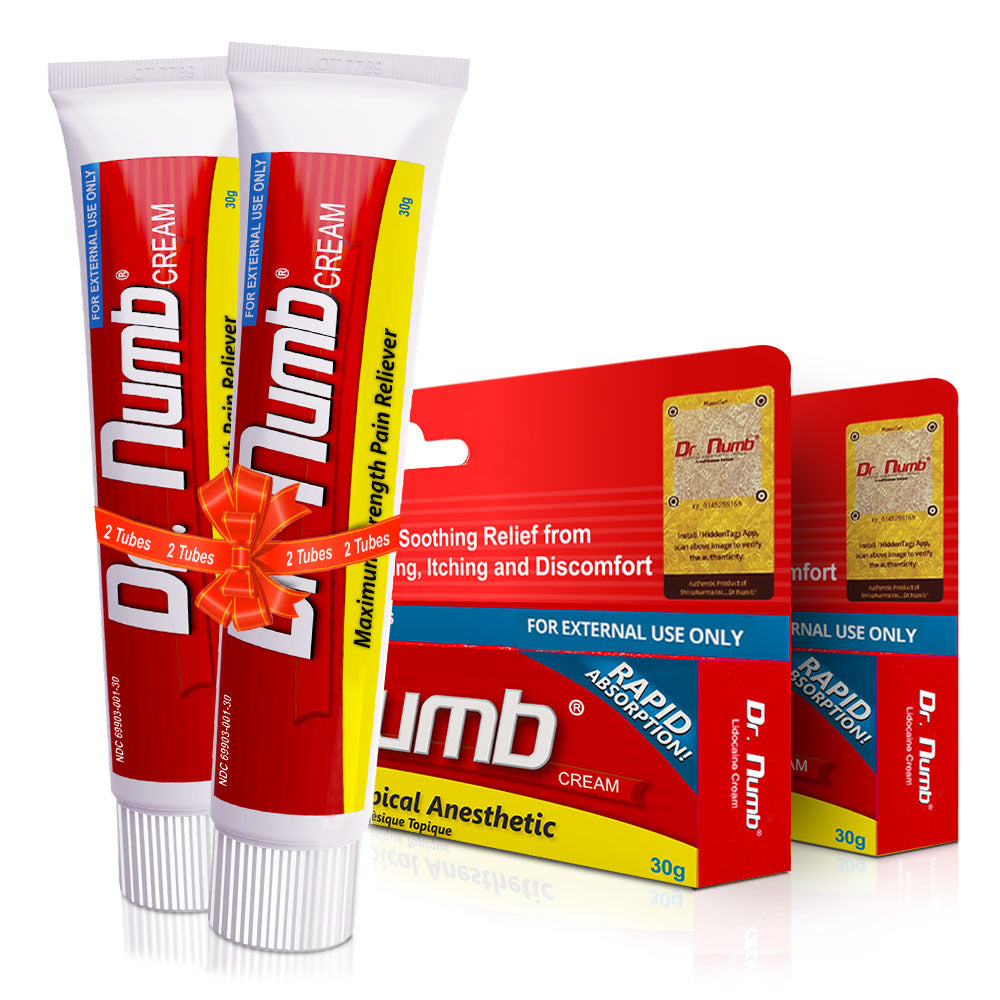

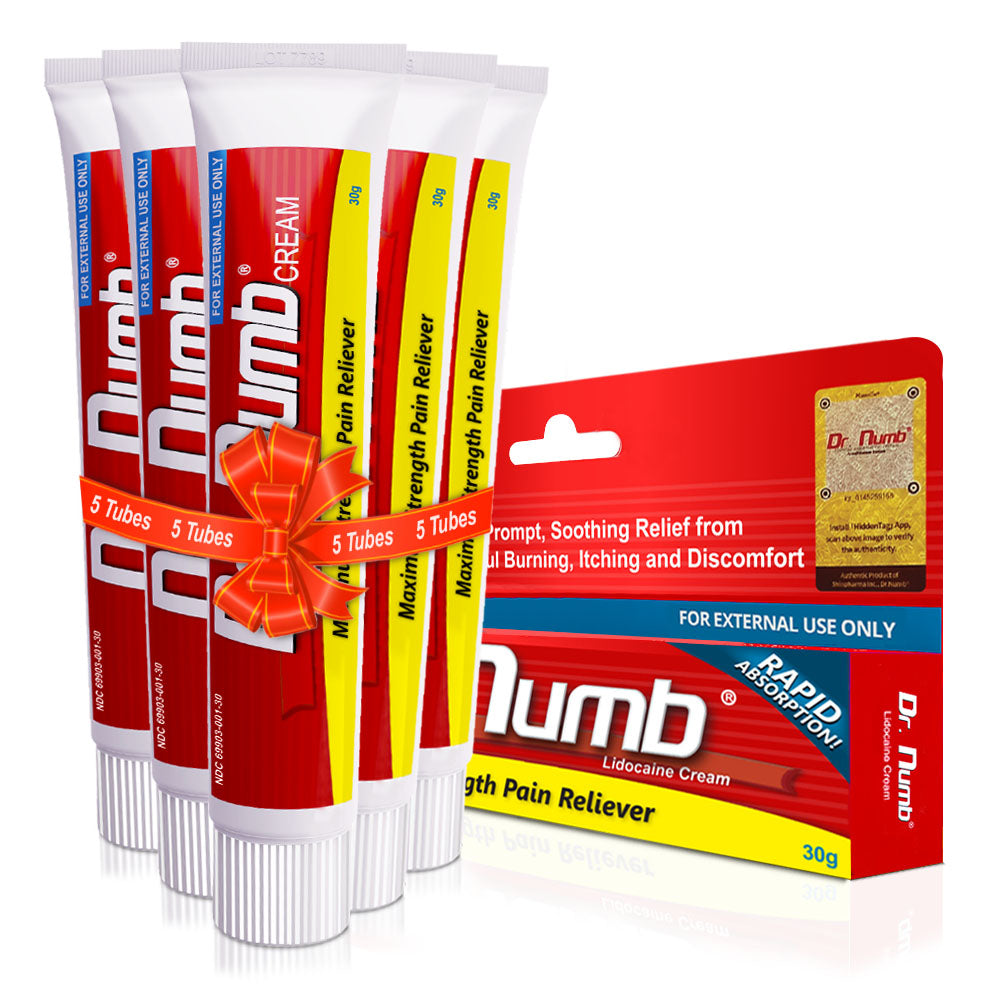
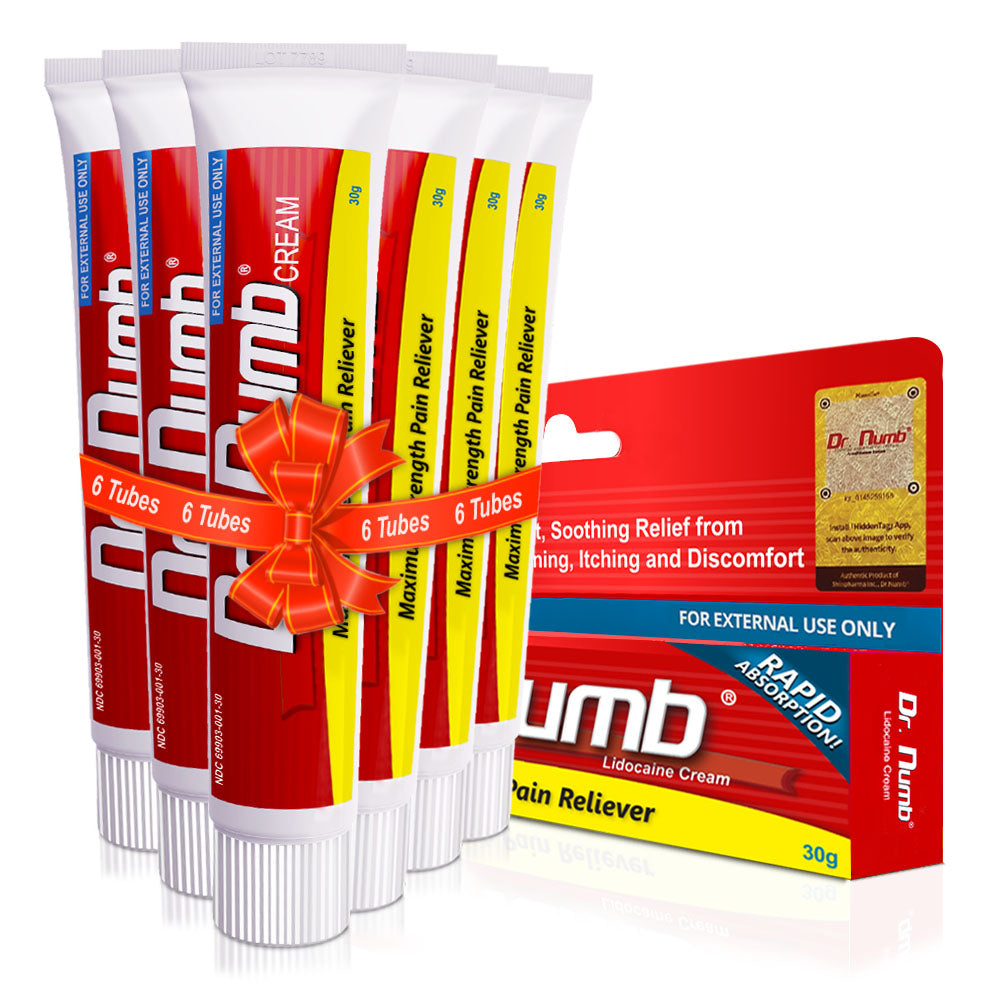
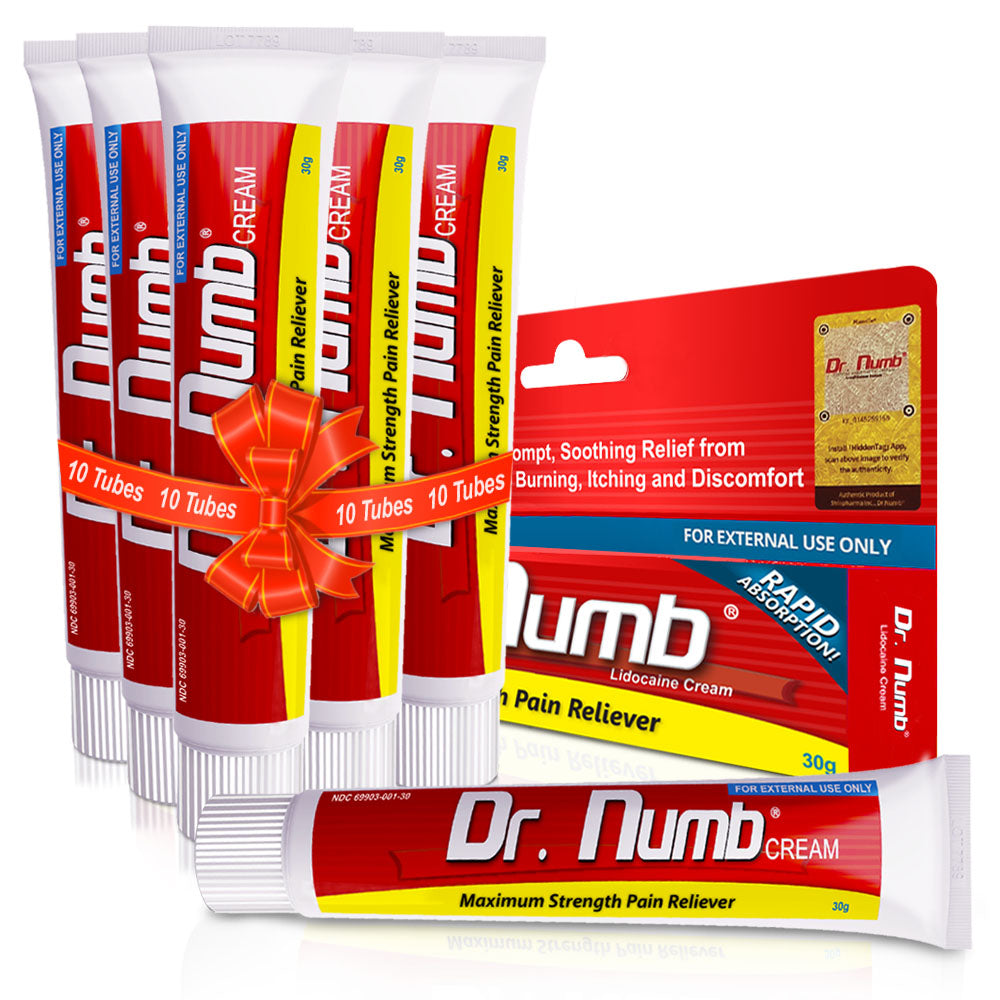
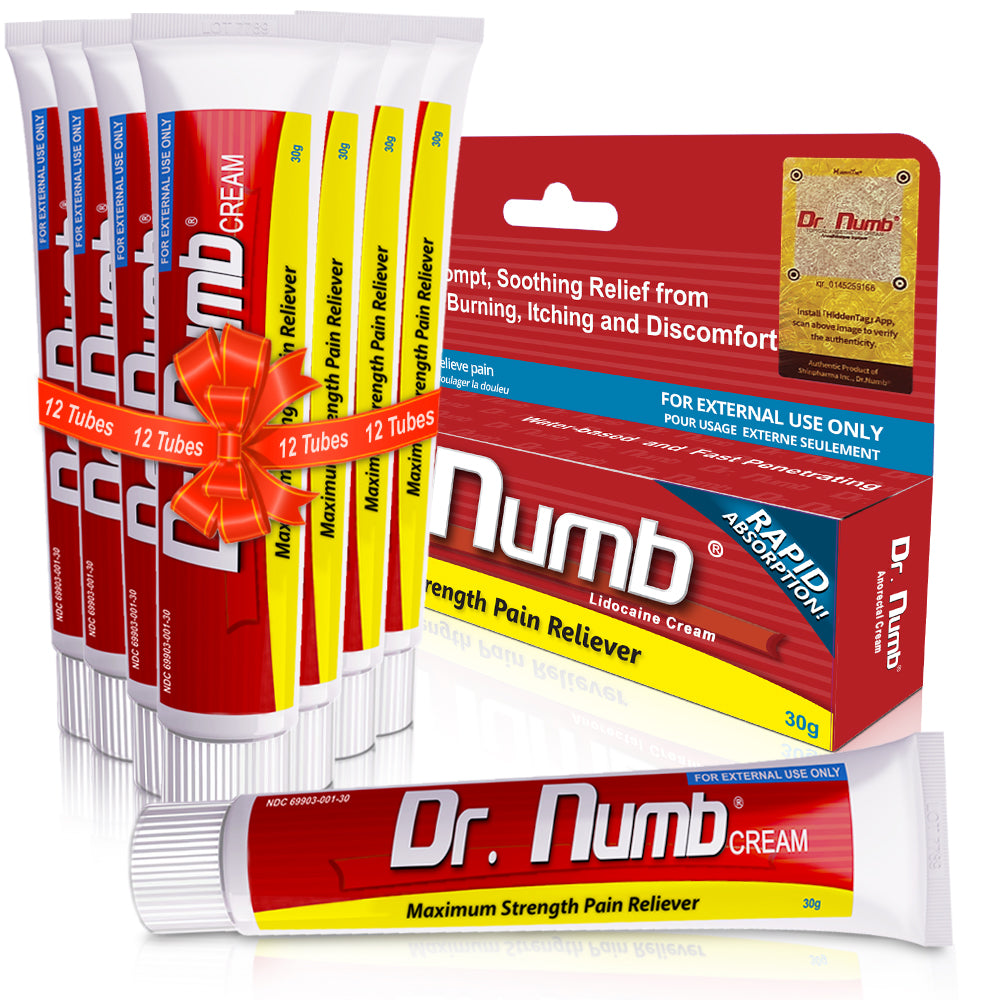





![Healing thrombosed hemorrhoid naturally & medically [with home care tips]](http://drnumb.com/cdn/shop/articles/Healing_Thrombosed_Hemorrhoid_11_Natural_Remedies_Full_Covered.jpg?v=1715323330)
